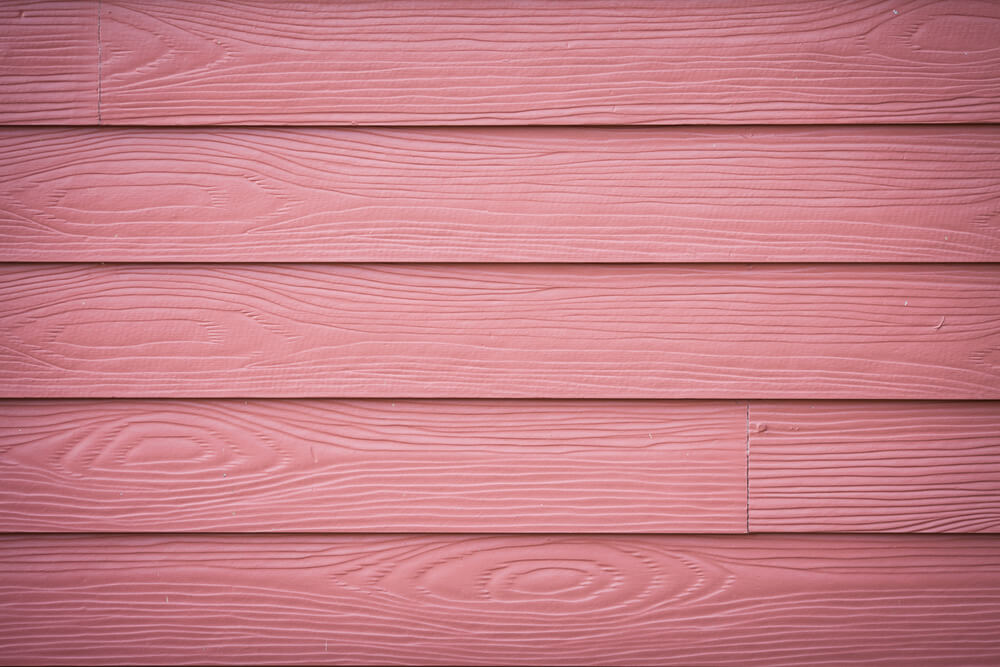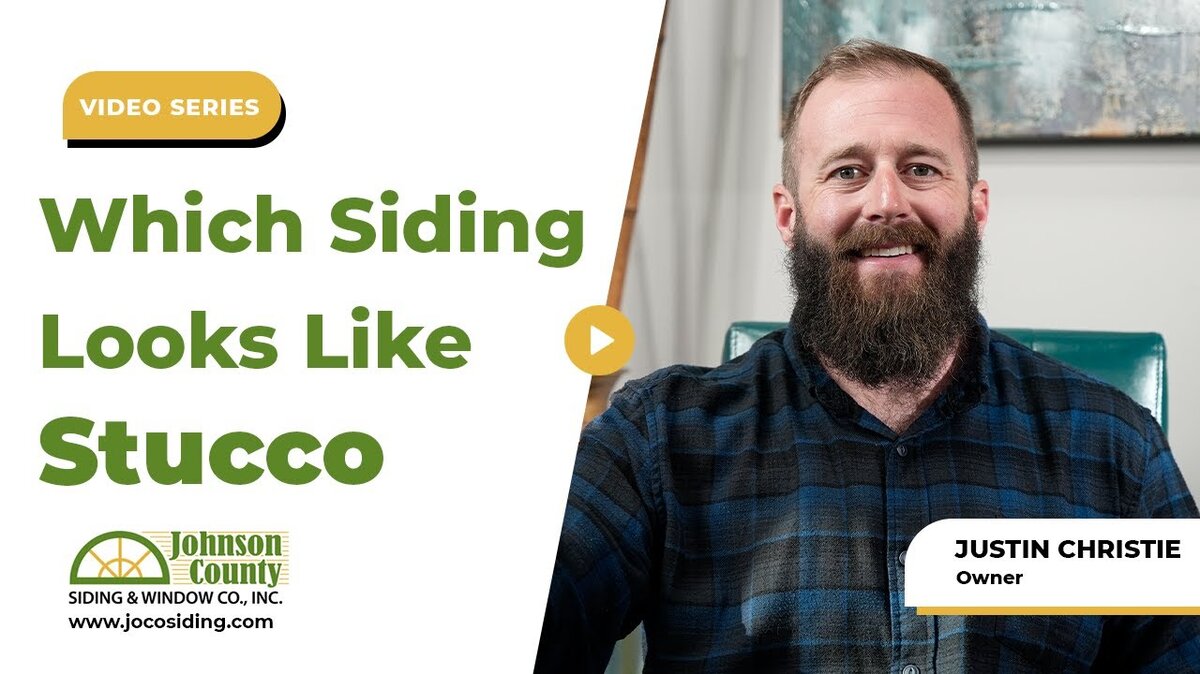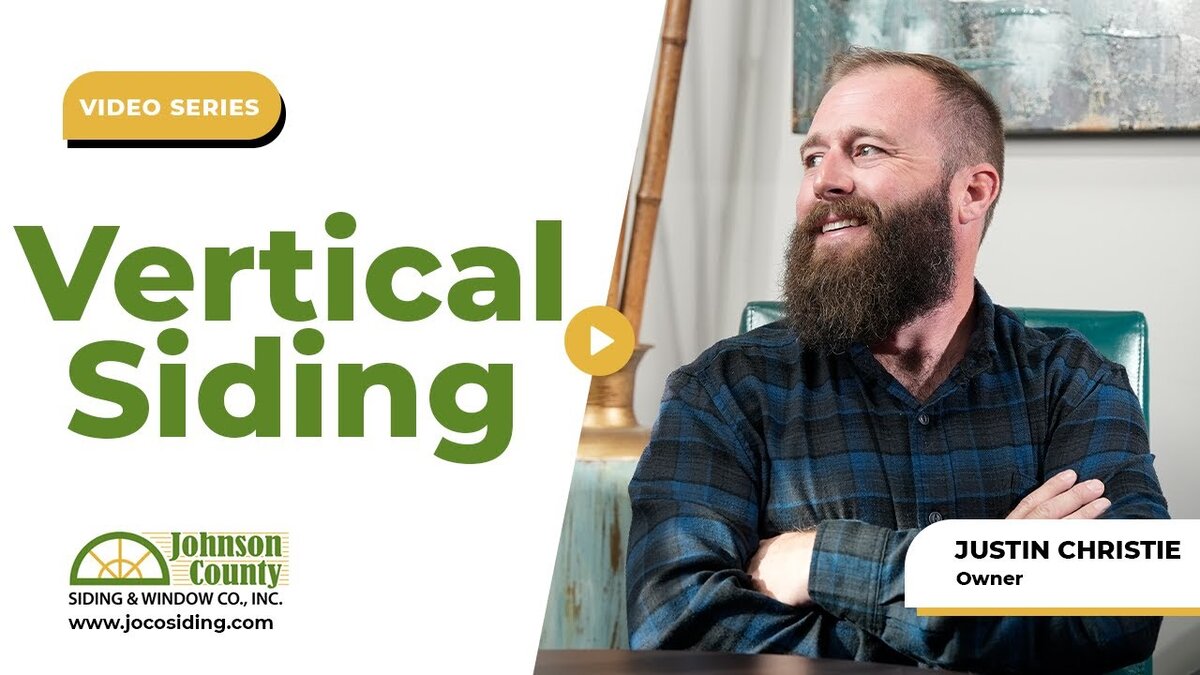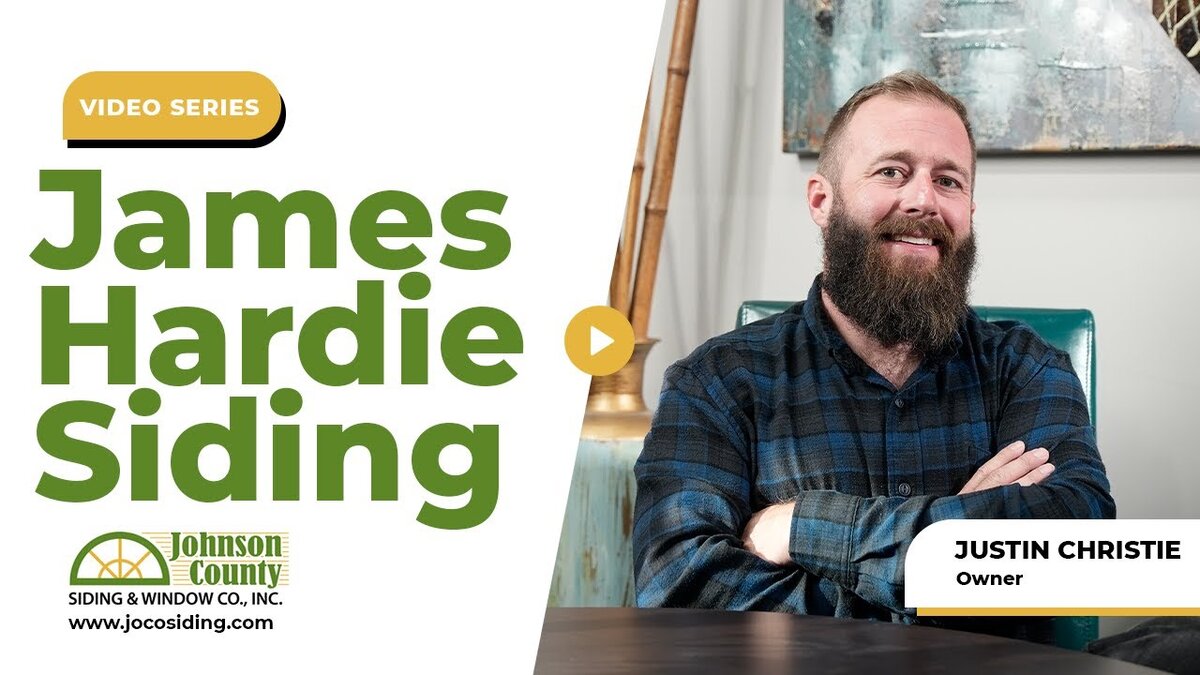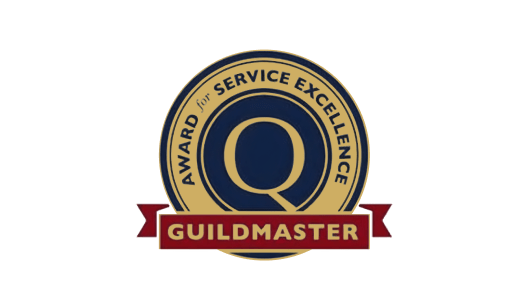When it comes to choosing the right siding for your home, understanding the pros and cons of fiber cement siding is crucial. Renowned for its durability and aesthetic appeal, fiber cement siding, especially the James Hardy brand, has become a preferred choice for many homeowners. This guide aims to provide an in-depth look at the pros and cons of fiber cement siding, helping you make an informed decision for your home’s exterior.
The Advantages of Fiber Cement Siding
1. Durability and Weather Resistance
Fiber cement siding, known for its rigidity, stands out in its ability to withstand extreme weather conditions. In areas like Kansas City, where weather patterns fluctuate from snowy winters to hot summers, this siding remains resilient. Its ability to withstand temperature variations, hail, and other elements is a major advantage, ensuring longevity and reducing the need for frequent replacements.
2. Resistance to Pests and Woodpeckers
Another significant benefit of fiber cement siding is its resistance to pests, particularly insects and woodpeckers. Homeowners often face challenges with woodpeckers damaging wooden sidings. Since woodpeckers are a protected species, the best solution is to eliminate their target by opting for fiber cement siding, which is not prone to such damage.
3. Aesthetic Flexibility and Color Options
Fiber cement siding offers extensive customization in terms of color and style. James Hardy fiber cement siding, for instance, is available in two primary forms: primed (ready to be painted in any color) and pre-painted with oven-baked color. While the primed version allows for extensive color customization, the pre-painted option provides durability with a 15-year warranty on the color.
4. Manufacturer’s Reputation and Warranty
The reputation of James Hardy as a fiber cement siding manufacturer adds to the appeal. They offer comprehensive installation instructions and a strong warranty. The warranty’s validity, however, hinges on correct installation, emphasizing the need for professional installation services.
The Disadvantages of Fiber Cement Siding
1. Installation Complexity
Fiber cement siding requires precise and professional installation. The complexity of the installation process can be a drawback, as improper installation can lead to performance issues and may void the warranty.
2. Higher Initial Investment
The upfront cost of fiber cement siding is generally higher than other siding materials like vinyl or wood. This initial investment, however, is often balanced by the siding’s durability and lower maintenance needs over time.
3. Weight and Handling Challenges
The material’s weight makes fiber cement siding more challenging to handle and install compared to lighter alternatives. This factor can contribute to higher labor costs and extended installation time.
Longevity and Maintenance
A key advantage of fiber cement siding is its long lifespan when properly installed and maintained. Unlike wood siding, it does not rot or warp and is not susceptible to insect damage. Maintenance is relatively straightforward, typically requiring only occasional cleaning and repainting every 15 to 20 years.
Environmental Considerations
From an environmental standpoint, fiber cement siding is a mixed bag. It is more sustainable than some alternatives due to its durability and longevity. However, the manufacturing process is energy-intensive, and the material is not biodegradable.
Conclusion
Fiber cement siding offers a robust combination of durability, pest resistance, aesthetic versatility, and strong manufacturer support. While the higher initial cost and installation complexities are notable considerations, these are often offset by the material’s long-term benefits and low maintenance requirements. For further information, don’t hesitate to contact us for assistance.

